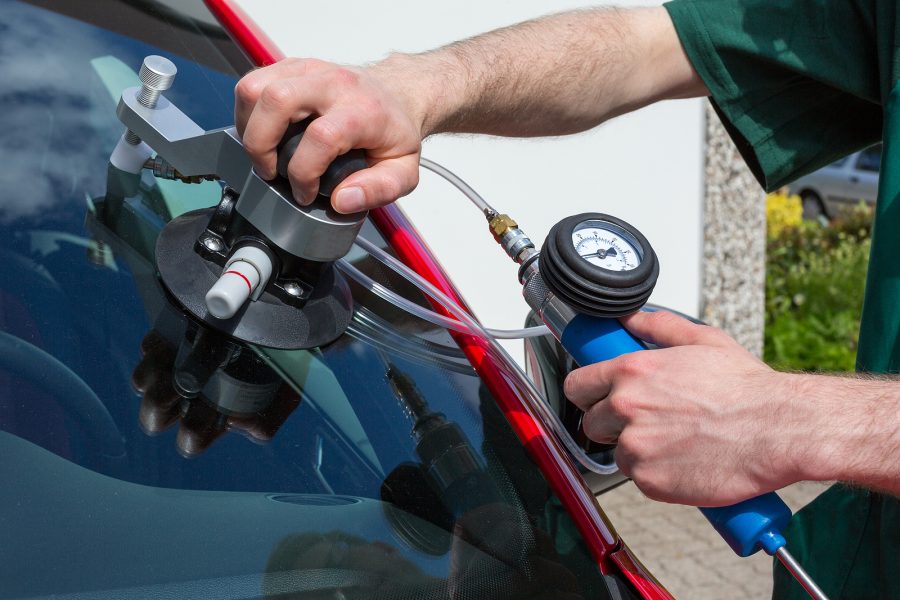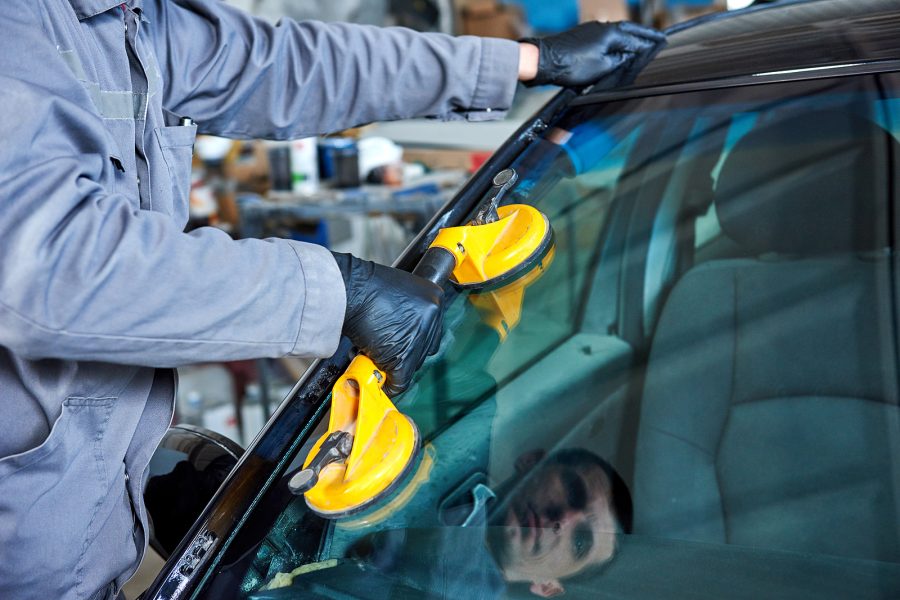Driving in the summer should be much safer than at other times of year. You don’t face the visibility problems of dark winter days, or autumn fog, or black ice on cold nights. However, there are still some dangers you should be aware of. These can leave you needing your windscreen replacing, as well as sustaining other damage.
Because it is easy to be complacent about summer driving, organisations like the AA issue advice on how to deal with potential problems and dangers the season brings. Indeed, the AA’s advice covers everything from losing car keys at the beach to trying to drive while suffering from hay fever.
Some notable issues that could lead to windscreen damage include driving on roads with loose chippings after roadworks, which are often carried out in summer because the weather conditions are favourable.
There are also some instances when you may be at heightened risk of an accident. For example, if you are driving long distances on day trips or holidays, you may get tired and neglect to take a break.
Although the bright summer sun may increase visibility, this is not the case when it is low in the evening, with summer weather less likely to be overcast and therefore the risk of being dazzled increases.
There are also more risks of accidents with pedestrians and cyclists in good weather, while trips to the country could leave you getting too close to tractors, which are much harder to overtake than most vehicles. However, because they are slow, you may be tempted to try without having a clear view of what is beyond, especially on winding country lanes.
The RAC has also issued various summer warnings. Among the dangers both flag up is the risk that you set off on long summer journeys without your tyres being in good shape, either due to low pressure or a lack of tread.
With good preparation and common sense, you would be unlucky to have an accident in summer that damages your car badly and leaves you needing a new windscreen. But there are certainly many instances when such things can happen.









